In a wave tank at a robot laboratory in the Scottish capital, Edinburgh, engineers observe in silence as an underwater drone rises stealthily to the surface.
The team, which led the development of the remotely operated vehicle (ROV) at Heriot-Watt University, said the submersible machine is a game changer for offshore wind farms, obviating the need for divers.
The engineers said it would soon be ready to perform inspections and maintenance at wind farms, transforming the nature of the high-risk and costly endeavors just as the industry is set for huge expansion.
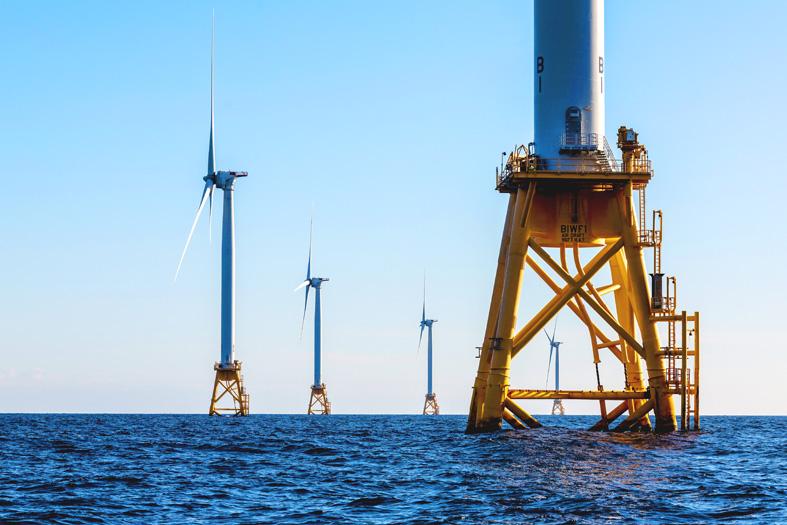
Photo: AFP
British Prime Minister Boris Johnson has promised to make the UK the “Saudi Arabia” of wind power, with plans to generate enough electricity from offshore to power every UK home by 2030.
While Johnson is on his way out of office, the industry is banking on the expansion plans, especially after Russia’s invasion of Ukraine sent the price of traditional carbon energy through the roof.
“We have to imagine that in 10, 15 years time there will be hundreds of wind farms, which means thousands of wind turbines all across the coast of the UK,” said Yvan Petillot, a robotics and autonomous systems professor at Heriot-Watt.
“You also have hydrogen technology being developed and all of this will need to be maintained, inspected and serviced,” he said. “What we are developing is remote technologies where people can inspect and maintain those assets from shore, without putting anyone in harm’s way.”
In May the ROV, which is equipped with sensors and advanced software, conducted what is believed to be the first ever autonomous offshore wind farm inspection.
The device was deployed at French energy firm Electricite de France SA’s (EDF) Blyth wind farm, off the coast of Northumberland, northeast England.
It recorded videos that allowed researchers to assess the exterior condition of turbine foundations and cables, while its software created a 3D reconstruction model of parts of the energy company’s underwater assets.
Petillot said the 3D model can pick up the accumulation of micro-organisms, plants and algae on the turbine foundations. If a problem is detected, the ROV system can be deployed with a robotic arm to conduct a repair.
“The system will first do an autonomous inspection of the seabed and the structure, and build the 3D model that someone from shore can look at and say: ‘There’s a problem here,’” Petillot said.
“Typically you would have corrosion on the system, you might have to turn a valve, you might have to connect a cable, you might have to change an anode and clean the surface if there is too much bio-fouling,” he added
Maxime Duchet, an offshore wind research engineer at EDF, said the images and modeling would greatly enhance the ability to conduct operations and maintenance activities on-site.
Further tests are needed to estimate the time required to inspect all of the turbine foundations and to demonstrate the full potential of marine robotic technology, he said.
“However, it is clear from these initial results that the technology can ensure safer and faster operations and a reduced carbon footprint,” he added.
Engineers, who use a joystick to pilot the vehicle, say the ROV can be left alone to perform its primary mapping task for most of the time. If it becomes stuck, or lingers too long in a particular area, a pilot can commandeer it.
Petillot said a long-term benefit could be allowing more people to join the team managing the ROV remotely, who might not have been willing or able to work offshore.
It is incredibly difficult to find a diver or a qualified pilot for such projects, he said.
In contrast, finding somebody to help control the system as though they were playing a video game should prove far easier, he added.
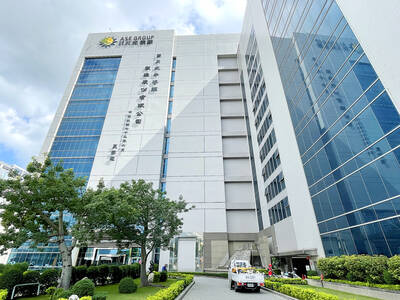
EXPANSION: The investment came as ASE in July told investors it would accelerate capacity growth to mitigate supply issues, and would boost spending by 16 percent ASE Technology Holding Co (ASE, 日月光投控), the world’s biggest chip assembly and testing service provider, yesterday said it is investing NT$17.6 billion (US$578.6 million) to build a new advanced chip packaging facility in Kaohsiung to cope with fast-growing demand from artificial intelligence (AI), high-performance-computing (HPC) and automotive applications. The new fab, called K18B, is to commence operation in the first quarter of 2028, offering chip-on-wafer-on-substrate (CoWoS) chip packaging and final testing services, ASE said in a statement. The fab is to create 2,000 new jobs upon its completion, ASE said. A wide spectrum of system-level chip packaging technologies would be available at
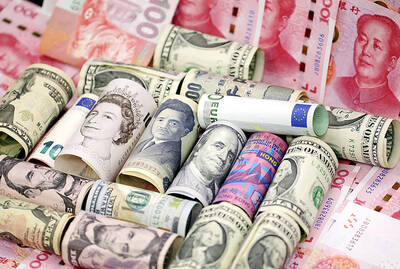
Taiwan’s foreign exchange reserves hit a record high at the end of last month, surpassing the US$600 billion mark for the first time, the central bank said yesterday. Last month, the country’s foreign exchange reserves rose US$5.51 billion from a month earlier to reach US$602.94 billion due to an increase in returns from the central bank’s portfolio management, the movement of other foreign currencies in the portfolio against the US dollar and the bank’s efforts to smooth the volatility of the New Taiwan dollar. Department of Foreign Exchange Director-General Eugene Tsai (蔡炯民)said a rate cut cycle launched by the US Federal Reserve
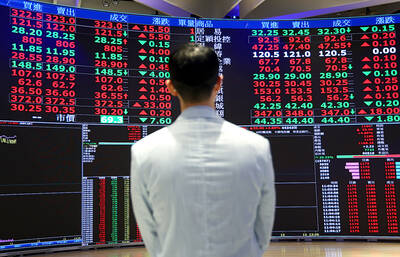
HEAVYWEIGHT: The TAIEX ended up 382.67 points, with about 280 of those points contributed by TSMC shares alone, which rose 2.56 percent to close at NT$1,400 Shares in Taiwan broke records at the end of yesterday’s session after contract chipmaker Taiwan Semiconductor Manufacturing Co (TSMC, 台積電) hit a fresh closing-high amid enthusiasm toward artificial intelligence (AI) development, dealers said. The TAIEX ended up 382.67 points, or 1.45 percent, at the day’s high of 26,761.06. Turnover totaled NT$463.09 billion (US$15.22 billion). “The local main board has repeatedly hit new closing highs in the past few sessions as investors continued to embrace high hopes about AI applications, taking cues from a strong showing in shares of US-based AI chip designer Nvidia Corp,” Hua Nan Securities Co (華南永昌證券) analyst Kevin Su
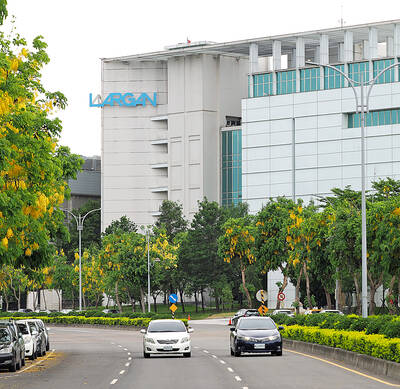
Handset camera lens maker Largan Precision Co (大立光) on Sunday reported a 6.71 percent year-on-year decline in revenue for the third quarter, despite revenue last month hitting the highest level in 11 months. Third-quarter revenue was NT$17.68 billion (US$581.2 million), compared with NT$18.95 billion a year earlier, the company said in a statement. The figure was in line with Yuanta Securities Investment Consulting Co’s (元大投顧) forecast of NT$17.9 billion, but missed the market consensus estimate of NT$18.97 billion. The third-quarter revenue was a 51.44 percent increase from NT$11.67 billion in the second quarter, as the quarter is usually the peak